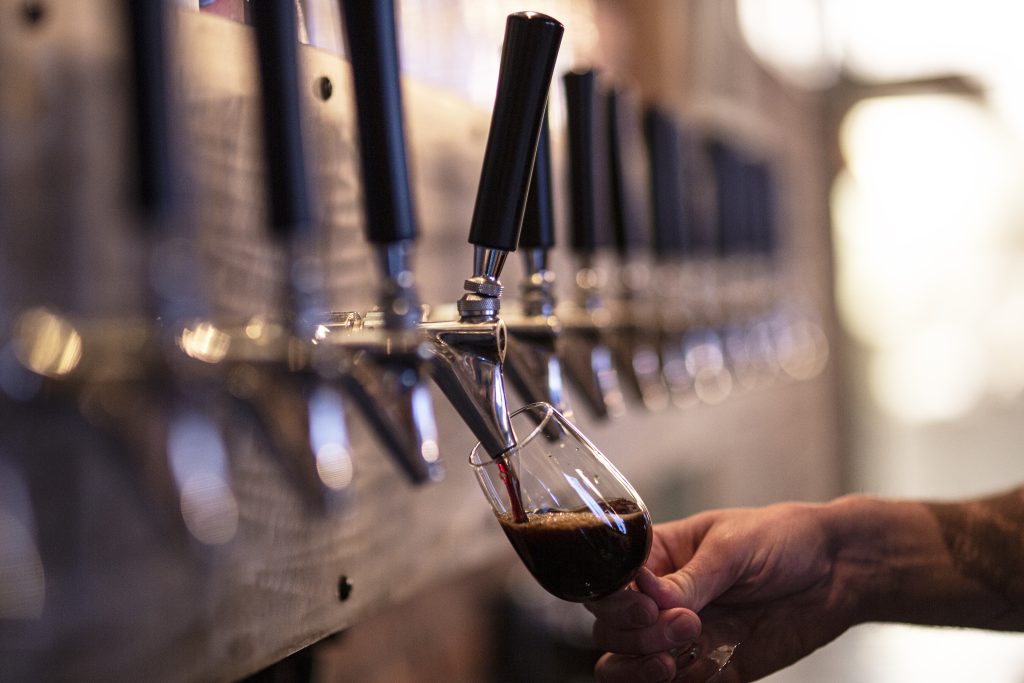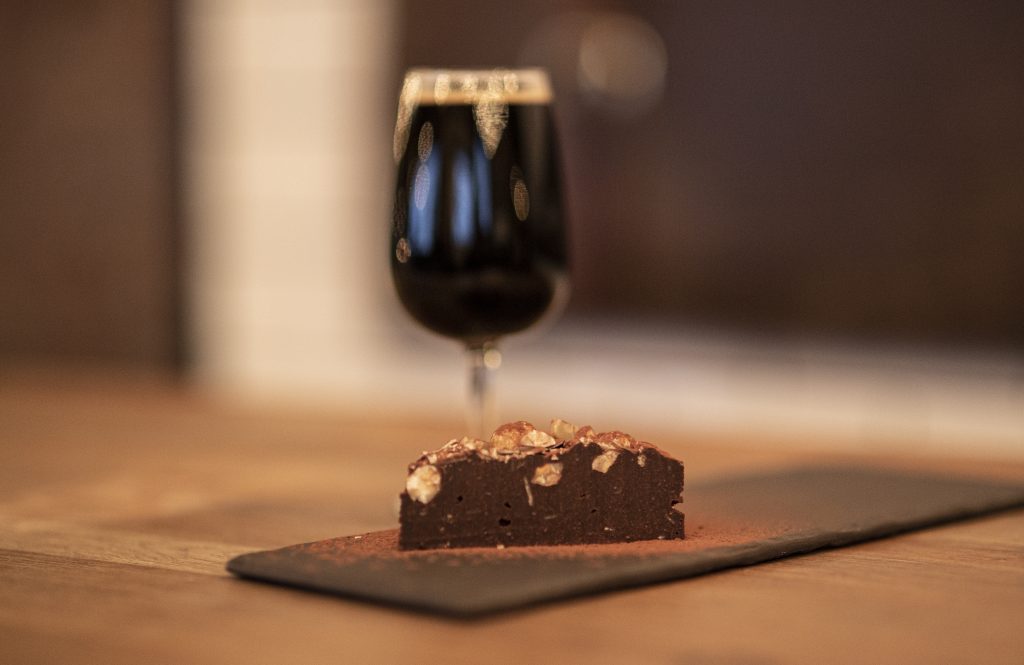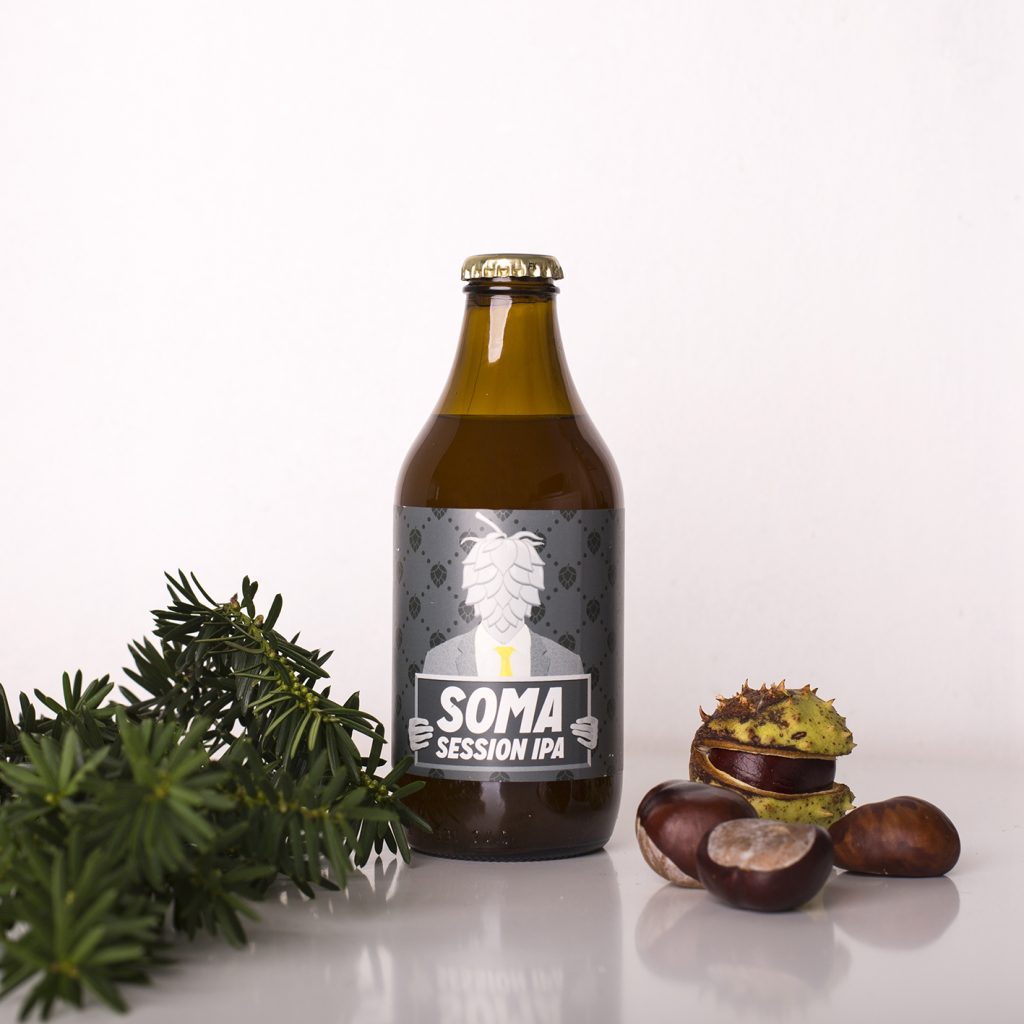The menu above will take you back to the Swedish website.
Use the menu below for information in English.
Menu in English ↓

Beer is not a flavor!
Beer is incredibly versatile. The same ingredients can taste completely different as a finished drink, depending on a variety of factors. For example, the temperature at different stages of the brewing process has a huge impact on the final result. (In fact, it’s even CHALLENGING to brew the same beer twice and achieve exactly the same flavor outcome.)
The choice of yeast is also crucial. The same applies to the selection of hop varieties, their quantity, and when they are added in the brewing process.
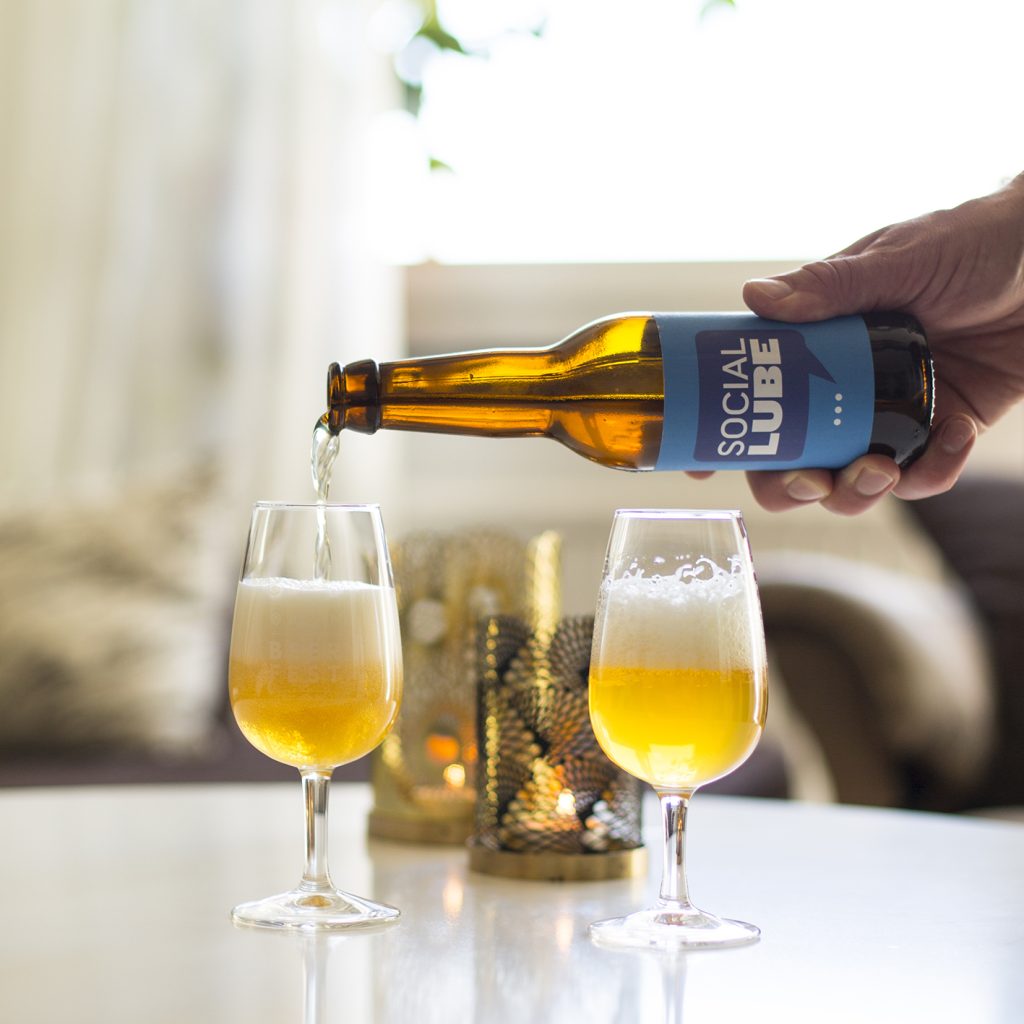
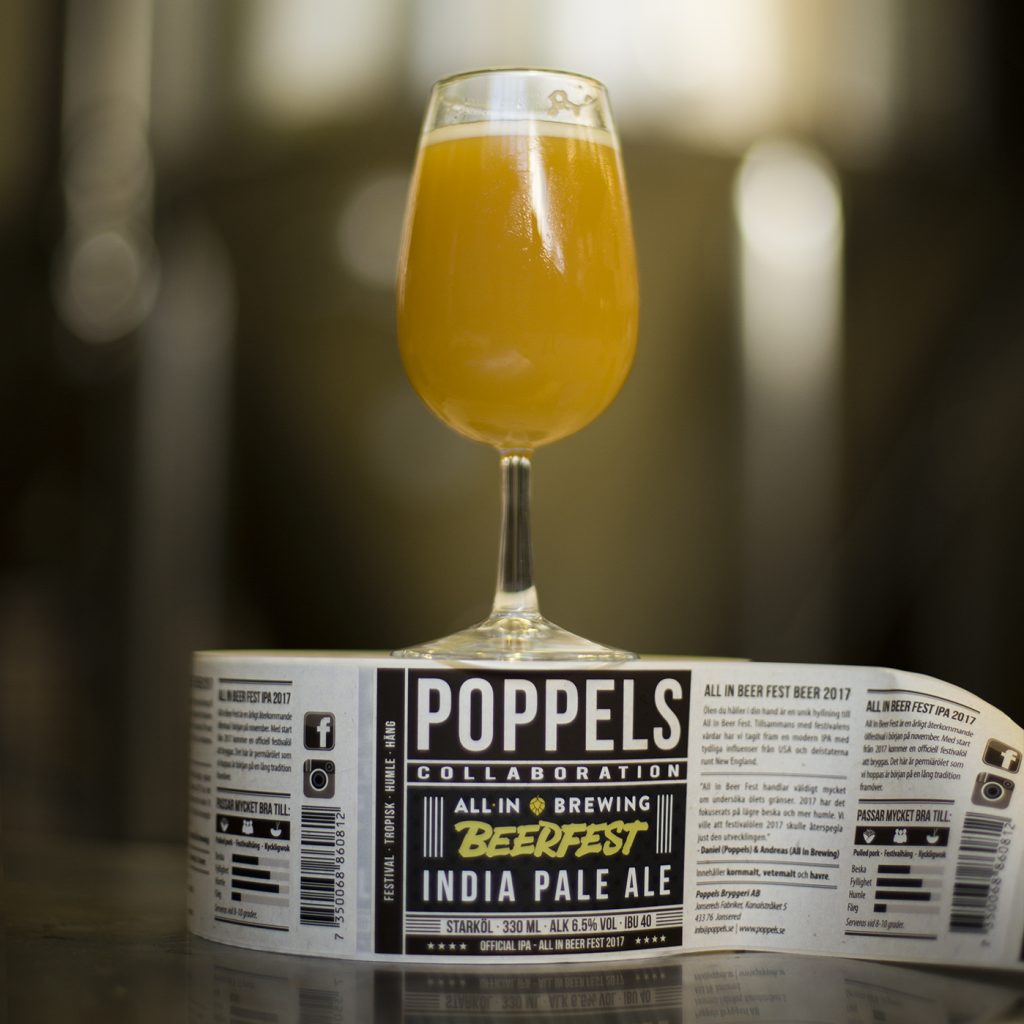
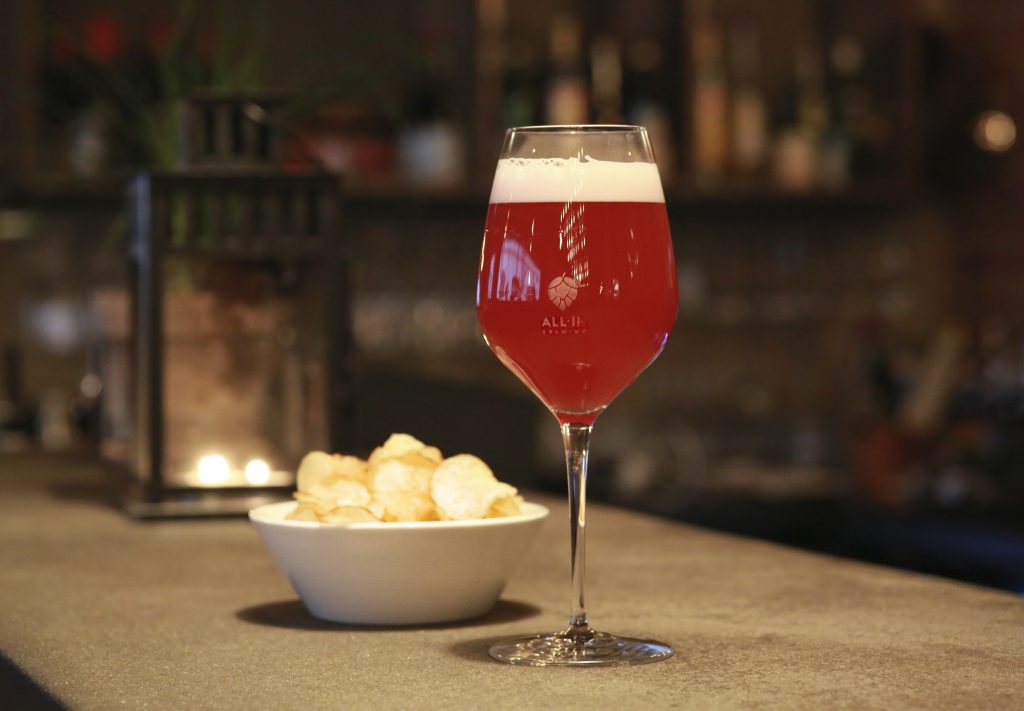
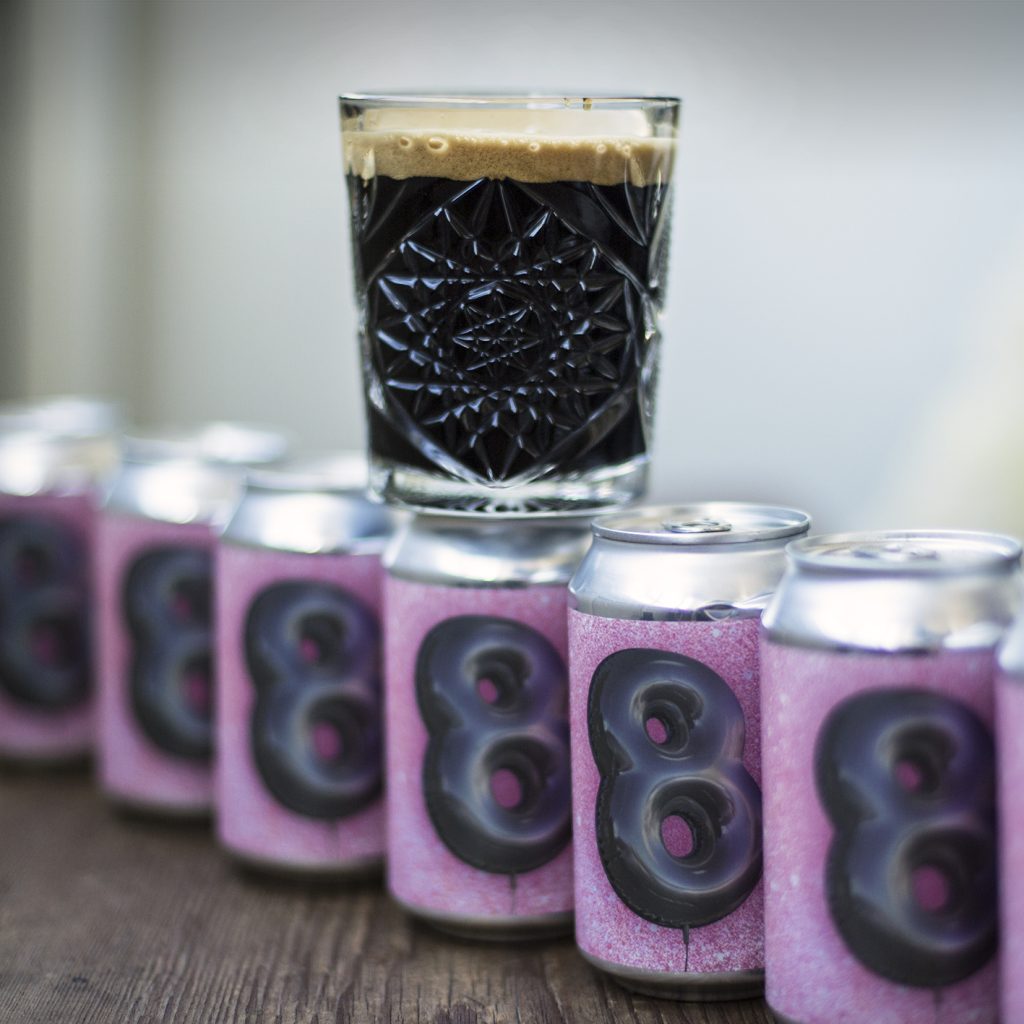
Color is not a flavor either!
There are flavor-intensive light beers and flavor-intensive dark beers, but just because a beer is dark doesn’t mean it has to taste intense. In many of our tastings, we’ve compared the ”regular” Duvel (a light Belgian blond ale at 8.5% from Belgium) with the ”regular” Guinness (a black stout at 4.2% from Ireland).
Try it yourself with a friend by buying regular Guinness and Duvel. Start by tasting the Duvel, but have your glass of Guinness poured and ready to taste immediately afterward. You’ll probably notice that the Guinness is almost flavorless, after you’ve had the Duvel.
Note: I’m not saying this to criticize Guinness! I like it, but it doesn’t taste much (which many people who don’t usually drink it might assume it does…). Many who enjoy Guinness can drink several in a row without any issues. It’s not more filling than any other 4.2% beer.
There isn’t one beer style that’s the best, and no one can claim there’s an objectively best beer—if that were true, one beer would be enough. One style. Everyone experiences taste differently. That’s why it’s super fun to hear what you personally think. There’s no right or wrong. Or… EVERYONE is wrong. 🙂
Many brewers I know like Saison, and one of the ones you can find at Systembolaget is Saison Dupont. It’s often regarded and a good example of this beer style, as it’s considered ”typical” for it.
Another option might be Bohemia from O/O Brewing in Gothenburg. It’s a bit milder, so even I like it—and I’m not a big Saison drinker otherwise.
I think both Saison and IPA are like cilantro. The taste experience varies greatly from person to person. You like what you like. It doesn’t matter what has the highest rating on some nerd forum.
Note: In my eyes, “nerd” is a positive term, so I don’t mean it in any other way. Without the nerds, my job wouldn’t exist… and I’m one of them myself too.
Sour beer comes in many forms. In the past, people were probably more accustomed to beer being on the sour side, especially if it wasn’t completely fresh. It used to be harder to control which bacteria lived in the beer, and there were often long transport times that allowed any present bacteria to grow, leading to a more pronounced tartness.
Some beers don’t suffer from being aged, but the flavor does change. Some improve with time, while others lose their character. Hops, for instance, gradually lose their aroma over time (and quite quickly if not stored cold).
Taste is like… ?
Many people believe that beer always tastes like ”regular” pale lager, which is why they get an entirely new experience at a well-stocked beer bar or a tasting. Beer can be bitter, sour, tangy, sweet, fruity, malty, hoppy, citrusy, taste like bubblegum, coffee, chocolate, diesel, or even bicycle tires… and the list goes on endlessly. And this is just within the realm of flavors that can emerge naturally from brewing with only hops, yeast, malt, and water.
Now, add to that the fact that beer can be flavored with everything from blueberries to marshmallows, semlor (Swedish cream buns), and even bull testicles… and it’s safe to say that beer can taste like just about anything.
Beer is fun.
